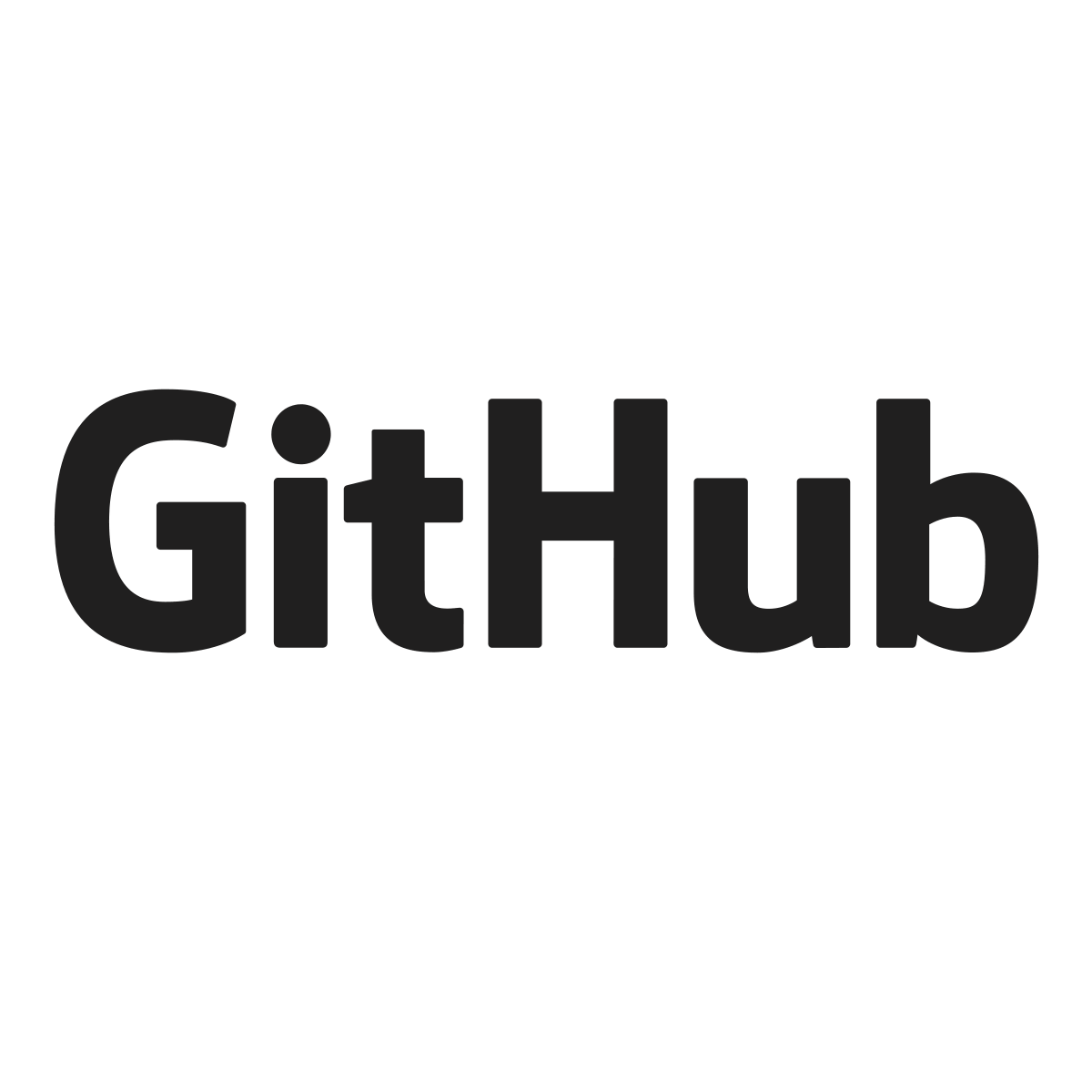Hmm. FreeBSD plus WindowMaker is pretty darn close to the original NextStep interface which is pretty close to what MacOS used to be. There is also a GnuStep port which gives even more similarities.
A beauty of the original Mac/NextStep interface was "All the applications followed the same rules". As the hello folks state Apple started deviating from their own guidelines which opened the door for everyone to ignore them.
I used to run this desktop years ago as main (I still do in some cases, but not full, just WM)
It was : Windowmaker, gnome2-session, compton, tray dockapps, script that generates WM menu from XDG menu, GTK2-Gnustep theme.
It was a beautiful Next-alike experience with eye candy, modern interactive desktop via gnome2-session, and unified look and feel via GTK2 theme, for GTK applications.
This was a way to turn GNOME ecosystem to NextStep alike visual paradigm.
Unfortunately things moved on, and went further away from classic paradigms. GTK3 dogma is not really compatible with Step in look and feel thus noone made a theme that looks and behaves as well as GTK2-Gnustep. 2K/4K resolutions came, and imho, wmaker looks best at 1600x something, HD is ok, up from that the legacy starts to show. Original openstep application workflow (implemented in gnustep) doesn't do well on hardware-modern desktop. Noone favours multiwindow apps anymore, and the whole UI system is made for lower resolution desktop.
The dockapps are also going into legacy, they're harder and harder to build on modern platform. Most of them are unmaintained and possibly use legacy or totally obsolete APIs. Even if they worked, they were built as fixed raster applets in low resolution for low resolution desktop.
Not to mention the fonts, the DPI setting compliance, so on and so forth.
Windowmaker is still in active development. They do implement modern features such as window border snapping and so on.
Bringing it up to the times would require rewrite of WINGs widget API. I'm familiar with that code and it's still really "classic X11 toolkit". Retaining NextStep feel but having a modern scalable widget toolkit would present a stable API with an already existing set of dogmas and design rules that *step apps follow, such as nice glyph based toolbars, tabs, everything that's present in WPrefs app but just HIDPI and 4k capable. Developers could rely on that. We need a slim toolkit not *step reimplementation, because it will never be in the range of QT and other gigantic full application frameworks.

 github.com
github.com




